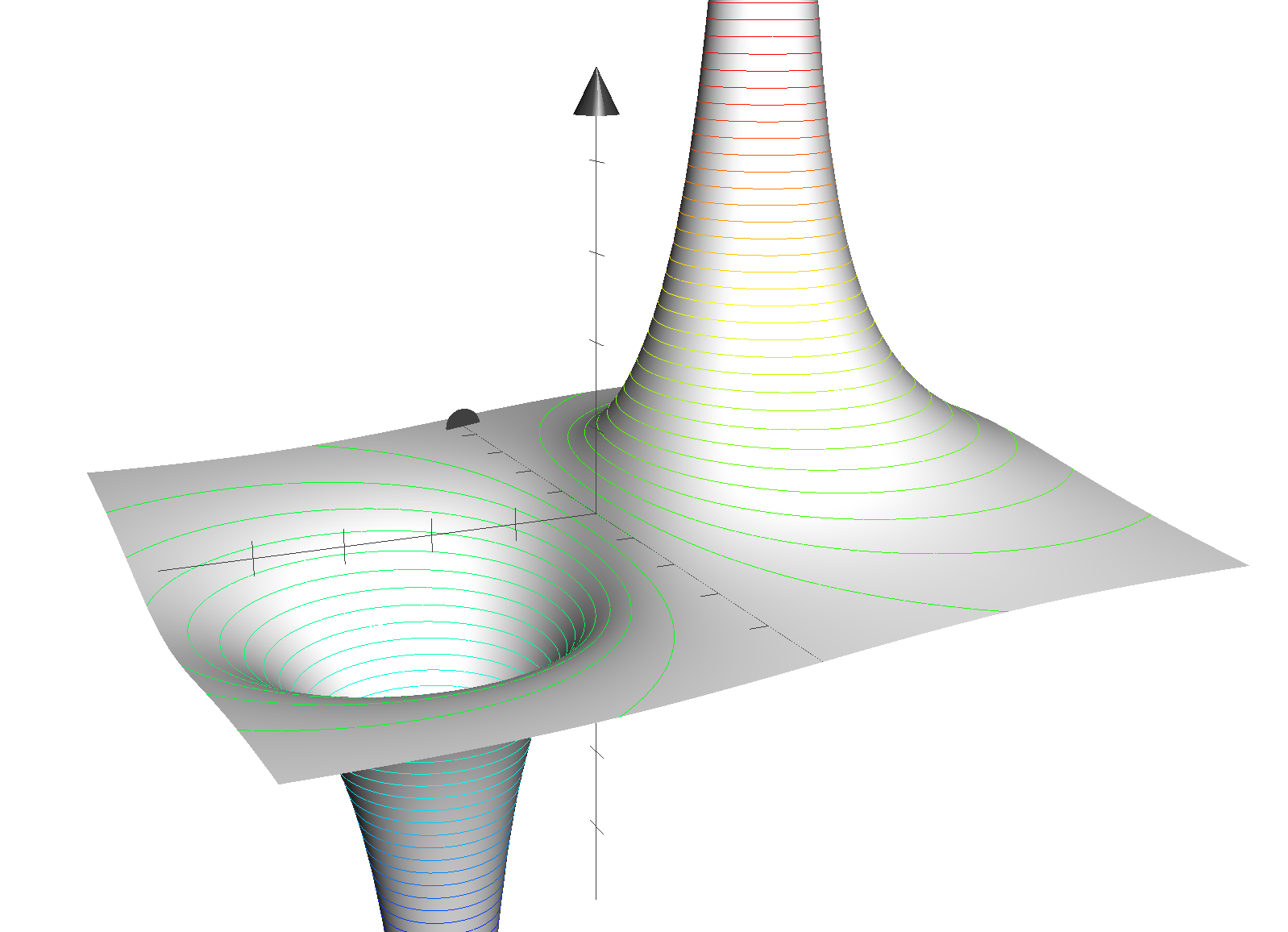"Voltage" is not a very specific term: it only means "the value of something measured in volts". You might as well ask, "How can a sheet of paper have a meterage of 0.1 mm when it's on Mt. Everest with a meterage of 8848 meters?" Of course comparing thickness to elevation doesn't make much sense, even though both are measured in meters. But if you'd never been introduced to the concepts of thickness and elevation because they were both commonly called "meterage", it would be quite confusing.
So maybe it will help to understand exactly what thing is being measured by "voltage".
electric potential difference (volts)
When someone says "the voltage of this battery is 1.5 volts", they are measuring electric potential difference. This kind of voltage is always a difference between two points. An electric potential difference of 1.5 volts means for each coulomb of electric charge moved from the first point to the second point requires 1.5 joules of work. It is similar to saying "this hill is 10 meters tall", which says something about how much work must be done to lift a rock from the base of the hill to the top.
The feedpoint in an antenna isn't a point in the mathematical sense. So when discussing the voltage at the feedpoint, someone could mean the electric potential difference between the usually two parts of the feedpoint, like the center conductor and shield of a coaxial connector.
electric potential (volts)
When someone says "the voltage at the center of a dipole is zero" they are measuring electric potential. Protons and electrons (and other fundamental particles) have an electric charge. Opposite charges attract, and like charges repel through the electromagnetic force. To pull two opposite charges apart increases their electric potential, just like pulling a rock away from Earth increases its gravitational potential.
Unlike electric potential difference, electric potential can be defined on just one point. You've no doubt you've seen visualizations of gravity wells where massive objects pull down a rubber sheet. We can define a similar visualization for the electromagnetic force, and since we have both positive and negative charge there can be wells and hills:

The height of this sheet is the electric potential. At infinity the sheet is flat, this is by definition an electric potential of zero volts. The colored lines are contours with constant potential: moving around them neither increases nor decreases electric potential. Moving up or down one volt requires 1 joule of work per coulomb of charge moved.
Notice there's one contour that's hard to see: it's a straight line directly on the y axis, equidistant between the two charges. Because it's equidistant from two equal but opposite charges, the potential here is zero volts. This is what "voltage is zero at the center of a dipole" means.
electric field intensity (volts per meter)
What is not zero is the electric field intensity. It's the gradient of electric potential, and measured in volts per meter. This value is not zero at the center of a dipole: as you can see there's actually a quite steep slope at the origin of the graph.
And here I believe lies the crux of your issue. If you've done any lumped circuit analysis, you've probably equated "voltage" to "electric potential difference". That difference gives rise to an electromotive force, and if there's a conductive path across the distance, current. But when making the jump from lumped element analysis to electric field analysis, electric field intensity is the thing analogous to what you've been calling "voltage" in that it relates to electromotive force, and thus current.
some facts about dipoles without the word "voltage"
The center of a dipole is a single point. At this point, the electric field potential is zero, and the electric field intensity is non-zero. The non-zero electric field intensity means the mobile electrons in the antenna are moved by the electromotive force they experience, thus current is also nonzero at the center. The feedpoint is most likely two points, as in a coax center conductor and shield. Since these two points are separated by space, there is a nonzero electric potential difference between them.


